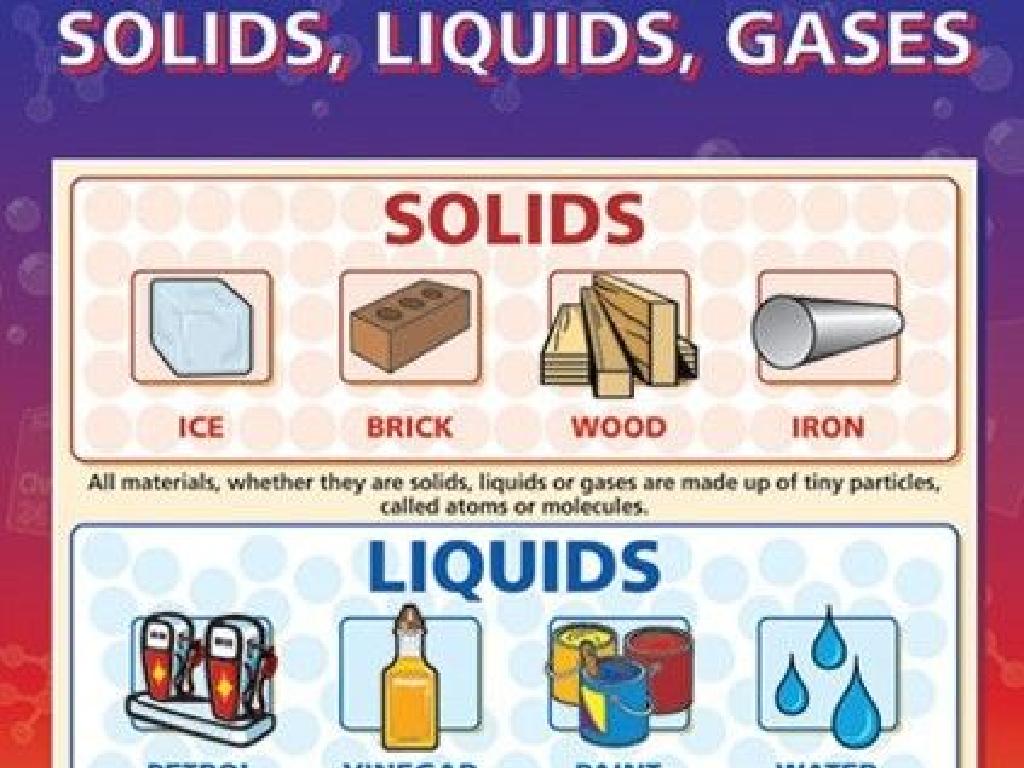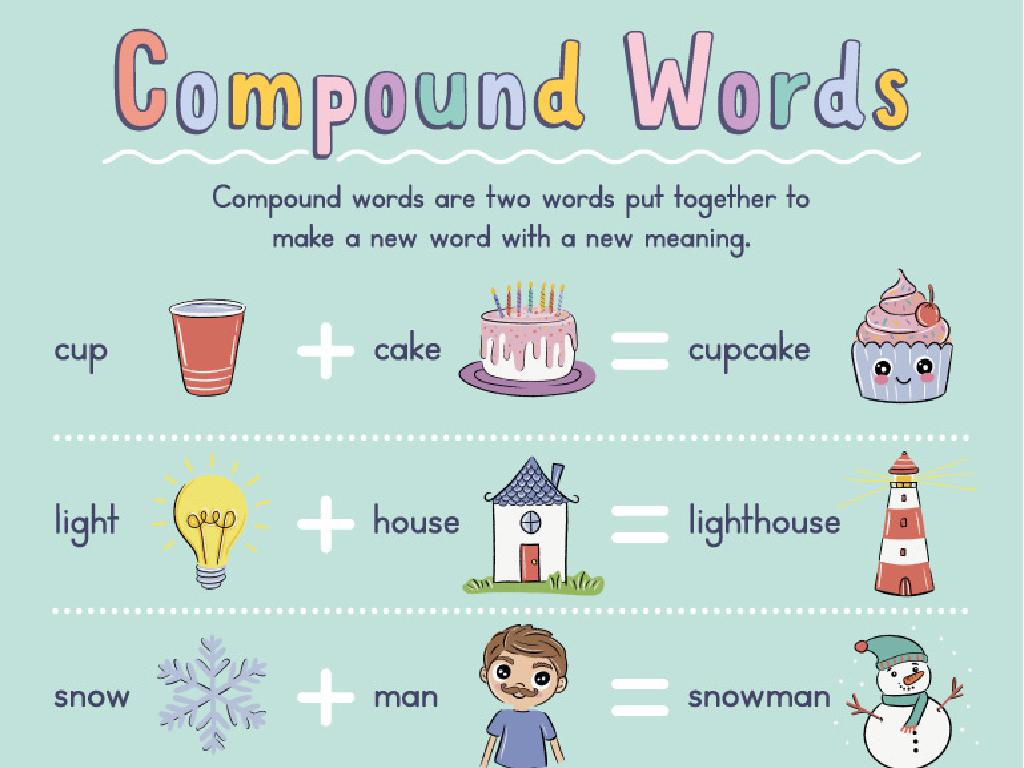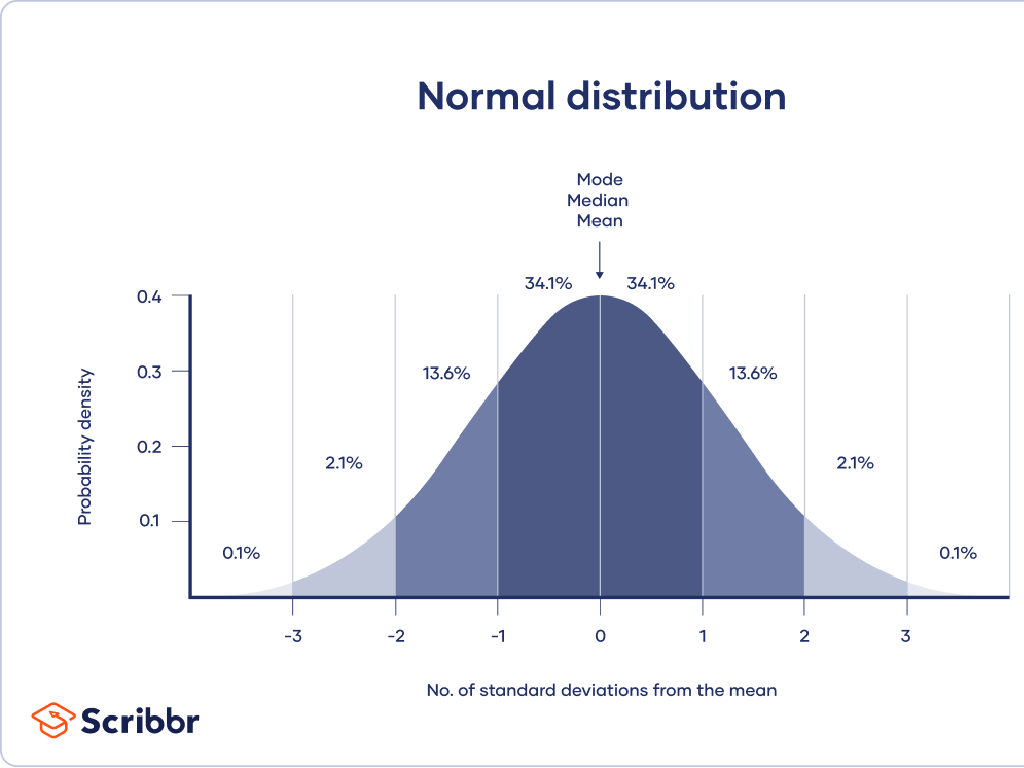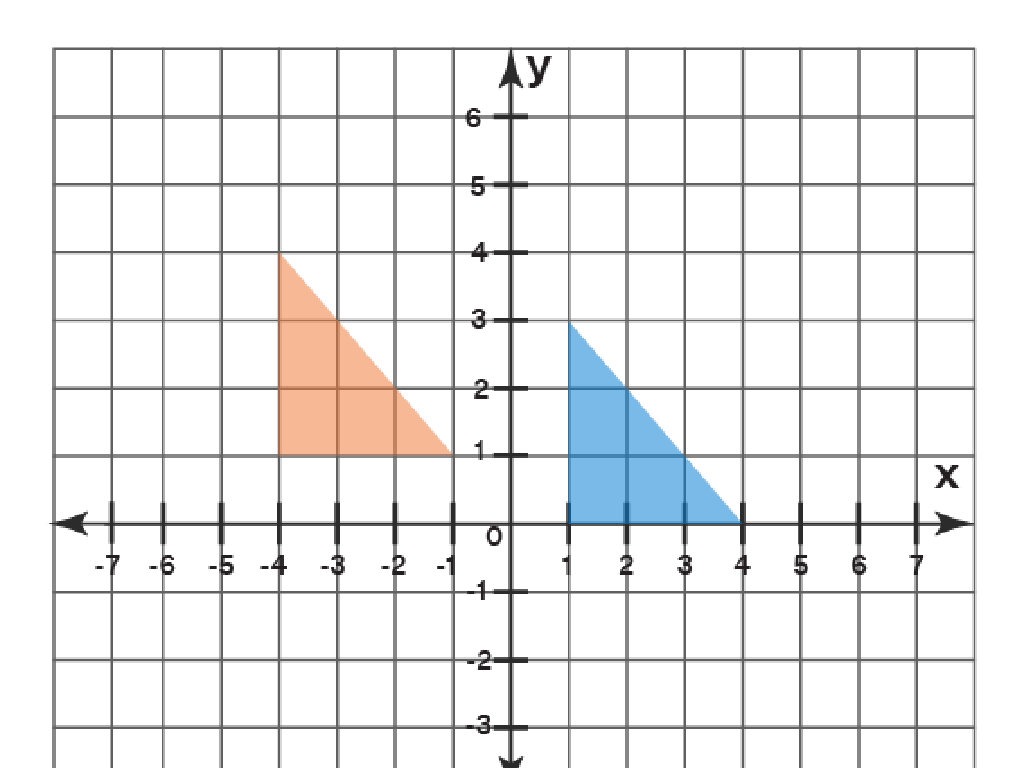Classify Triangles
Subject: Math
Grade: Eighth grade
Topic: Two-Dimensional Figures
Please LOG IN to download the presentation. Access is available to registered users only.
View More Content
Classifying Triangles in Geometry
– Understand 2D figure properties
– 2D figures have length and width, but no depth.
– Explore triangle classification
– Triangles can be categorized by side lengths or angles.
– Examine sides and angles
– Sides: equilateral, isosceles, scalene. Angles: acute, obtuse, right.
– Activity: Classify example triangles
|
Begin the lesson by discussing the basic properties of two-dimensional figures, emphasizing that they have length and width but no depth. Transition to focusing on triangles, one of the simplest forms of 2D figures. Explain the different ways to classify triangles, either by their side lengths (equilateral, isosceles, scalene) or by their angles (acute, obtuse, right). Use visual aids to help students identify the different types. Conclude with an interactive activity where students classify a set of example triangles based on their understanding. This will reinforce the concepts and ensure they can apply the knowledge practically.
Understanding Triangles
– Define a triangle
– A shape with three sides and three angles
– Sum of angles equals 180°
– No matter the type, angle sum is always 180°
– Triangles as simple polygons
– The simplest form of polygons with three edges
– Classification by sides and angles
– Based on length of sides and size of angles
|
This slide introduces the basic concept of triangles to the students. Begin with the definition, emphasizing that a triangle is a three-sided polygon, the simplest form of polygons. Highlight the fundamental property that in any triangle, the sum of the interior angles is always 180 degrees. This is a key concept that students will use in various geometry problems. Explain that triangles can be classified based on the length of their sides (equilateral, isosceles, scalene) and the measure of their angles (acute, right, obtuse). Provide examples of each type and encourage students to draw their own. This foundational knowledge sets the stage for deeper exploration into the properties and theorems related to triangles.
Classifying Triangles by Sides
– Equilateral Triangles: All sides equal
– 3 sides of the same length, e.g., sides of 5 cm
– Isosceles Triangles: Two sides equal
– 2 sides of the same length, e.g., 2 sides of 7 cm, one of 5 cm
– Scalene Triangles: No sides equal
– Each side has a different length, e.g., 5 cm, 6 cm, 7 cm
|
This slide focuses on the classification of triangles based on the lengths of their sides. An equilateral triangle has all three sides of equal length, which also means all angles are equal (60 degrees each). An isosceles triangle has two sides of equal length, and the angles opposite those sides are also equal. A scalene triangle has no sides of equal length, and consequently, all angles are of different measures. Encourage students to draw examples of each type and measure the sides to reinforce the concept. Discuss how these properties affect the triangle’s symmetry and appearance. This foundational knowledge will be crucial for understanding more complex geometric principles.
Classifying Triangles by Angles
– Acute Triangles: all angles 90°
– Example: 120°, 30°, 30° (isosceles obtuse triangle)
|
This slide focuses on classifying triangles based on their internal angles. An acute triangle has all angles measuring less than 90 degrees, often found in equilateral triangles where all angles are equal and less than 90 degrees. A right triangle has one angle that is exactly 90 degrees, commonly seen in isosceles right triangles with the other two angles each measuring 45 degrees. An obtuse triangle has one angle that measures more than 90 degrees; an example is an isosceles obtuse triangle with one angle measuring 120 degrees and the other two 30 degrees each. Encourage students to draw examples of each type and measure the angles to reinforce their understanding.
Properties of Triangles
– Exploring triangle congruence
– Congruent triangles have the same size and shape, with corresponding sides and angles being equal.
– Understanding similar triangles
– Similar triangles have the same shape but not necessarily the same size, with corresponding angles being equal and sides proportional.
– Triangle inequality theorem
– The sum of the lengths of any two sides of a triangle must be greater than the length of the third side.
|
This slide aims to delve into the fundamental properties that classify triangles. Start by explaining congruence, where students should understand that congruent triangles are identical in shape and size, and this can be proven through tests such as SSS, SAS, and ASA. Moving on to similar triangles, highlight that these triangles maintain the same shape, with proportional sides and equal angles, which can be identified through tests like AA, SSS, and SAS. Lastly, discuss the triangle inequality theorem, which is a rule that helps determine the possibility of a triangle’s existence based on its side lengths. Provide examples for each property and encourage students to practice by identifying and comparing different triangles. This foundational knowledge is crucial for solving various geometric problems.
Classifying Triangles in Geometry
– Identify real-world triangle shapes
– Look at bridges, roofs, and art for triangles
– Classify triangles by measurements
– Use side lengths and angles to determine triangle types
– Understand classification significance
– Classification aids in predicting triangle properties and behaviors
– Engage with practical examples
|
This slide aims to help students recognize triangles in everyday objects and understand the importance of classifying them. By identifying triangles in the real world, such as in architecture or art, students can relate geometric concepts to tangible examples. Classifying triangles based on given measurements allows students to apply their knowledge of geometry to solve problems. Understanding why classification is important helps students appreciate the role of geometry in design and structure. Encourage students to bring in pictures or examples of triangles they find in their environment to discuss in class.
Class Activity: Triangle Hunt
– Find triangles in the classroom
– Work in groups to classify
– Discuss with your group to determine the type of triangles you find
– List triangles by properties
– Consider angles and sides to classify each triangle
– Present findings to the class
|
This interactive activity is designed to help students apply their knowledge of triangle classification in a real-world setting. Students will move around the classroom to locate various objects that form triangles. In groups, they will discuss and classify the triangles based on their properties, such as side lengths and angle measures, into categories like equilateral, isosceles, or scalene, and acute, right, or obtuse. After the hunt, each group will present their findings, explaining how they classified each triangle. This will reinforce their understanding and allow them to see how triangles are present in everyday objects. Possible variations of the activity could include finding triangles in magazines, creating triangles with art supplies, or using digital tools to draw and classify triangles.
Conclusion & Homework: Classifying Triangles
– Recap triangle classification
– Understand triangle properties
– Homework: Draw & classify triangles
– Draw 5 unique triangles, label sides & angles, then classify each by those features.
– Why classification matters
– Grasping these concepts is crucial for geometry and solving complex problems.
|
As we conclude today’s lesson on classifying triangles, remember that understanding the properties of different types of triangles is essential in geometry. For homework, students are expected to reinforce their learning by drawing five distinct triangles, labeling their sides and angles, and classifying each one according to both side length and angle measurement. This exercise will help solidify their understanding of the material covered in class. In the next session, we will review their classifications to ensure a strong grasp of the concepts. Understanding triangle classification is not just a theoretical exercise; it’s a foundational skill that will be applied in future mathematical problem-solving scenarios.






